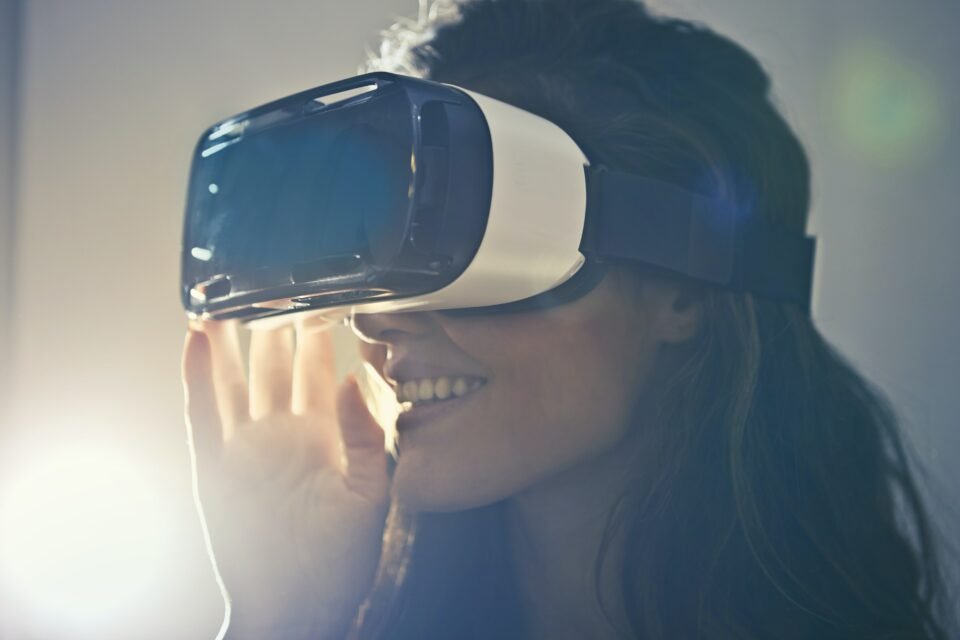It’s no secret that advertising is in a state of flux. With the rise of ad-blocking software and the growing popularity of streaming services, the age-old model of interruptive ads is no longer as effective as it once was. Hence, companies are turning to new and innovative ways to reach their audiences, and one of the most promising is AR advertising.
In this article, we’ll discuss what AR ads are and how they are changing the advertising landscape.
AR and Advertising
AR or Augmented Reality is a technology that superimposes computer-generated images on top of real-world objects, giving the illusion that those objects are actually there. It is used in various industries to enhance the user experience, from entertainment and gaming to education and shopping. And now, it’s also changing the way we think about advertising.
AR ads are a new type of advertising that uses augmented reality to deliver an immersive and interactive experience. Unlike traditional ads, which are static and interrupting, AR ads are designed to be integrated into the user’s environment in an unobtrusive and engaging way.
AR Ads over Traditional Ads
If you’re wondering why companies are so interested in AR advertising, it’s because it offers a number of benefits over traditional advertising methods.
First, AR ads are more interactive and engaging than traditional ads. Businesses can design AR ads to capture the user’s attention, hold it for longer, and make them more likely to remember the product or brand.
Second, AR ads are also more immersive than traditional ads. They can transport users to another world and make them feel like they’re part of the experience, which is especially beneficial for products that are difficult to advertise, such as cars or vacations.
Finally, AR ads are also more measurable than traditional ads. Companies can track how long users interact with an ad, where they look, and what actions they take. These data are vital for businesses in optimizing their ads for future campaigns.
5 Ways AR is Used in Advertising
Here are five ways that businesses use AR in their advertising campaigns.
1. Product Visualization
Product visualization is one of the most popular AR applications in advertising. It enables customers to see what a product would look like, hence taking the guesswork out of shopping and making it easier for them to make informed purchase decisions. It’s also beneficial for businesses as it reduces returns and increases sales.
Retailers like Ikea and Lowe’s are examples of companies utilizing AR product visualization apps. They show prospective buyers how a piece of furniture would look in their living spaces and allow them to change the product’s color, size, or style to see what would work best for them.
2. Interactive Billboards
Interactive billboards are another great way to use AR in advertising. These billboards can sense when someone is walking by and trigger a digital experience that can be anything from a game to a virtual tour, capturing passersby’s attention and leaving a lasting impression.
An example is Coca-Cola’s AR billboard in Times Square, which allowed passersby to interact with virtual Coke bottles. The billboard would light up and make sounds when people came close, adding an element of fun and excitement to the otherwise mundane task of walking down the street.
3. Augmented Reality Apps
Augmented reality apps can place virtual products in the real world or create interactive experiences that allow users to engage with brands in new and exciting ways. Some popular AR apps include Blippar, Augment, and Wikitude.
Likewise, L’Oreal’s “Makeup Genius” app is an excellent example of an AR app that allows users to virtually try different makeup products and see how they look before buying them.
4. Virtual Test Drives
Auto manufacturers are also starting to use AR in advertising. AR lets potential customers take a virtual test drive and feel what it’s like to drive the car before they ever step foot in a dealership. It’s a great way to advertise cars and get people interested in them without having to go through the hassle of setting up an actual test drive.
BMW’s “i Visualizer” app is an excellent example of an AR virtual test drive. The app lets users experience driving a BMW i car by placing a virtual car in their real-world environment.
5. Event Marketing
Event marketing is a great way to get people excited about a brand and create buzz around a new product or service. You can incorporate AR experience at a trade show or have an AR treasure hunt that promotes a new product.
For instance, Coca-Cola’s “AR Ball” experience allowed users to play a virtual soccer game by kicking an AR ball around while getting people excited about the World Cup and Coca-Cola’s involvement in it.
The Future of Advertising
AR advertising is still in its early stages but shows a lot of promise. As technology continues to develop, we can expect to see more businesses using AR ads to reach their audiences in new and innovative ways. And as consumers become more accustomed to this new form of advertising, it will only become more popular.
So what does the future of advertising hold? It’s hard to say for sure, but one thing is certain – AR ads will play a big role in shaping that future. So if you’re not already considering AR for your next marketing campaign, now is the time to start.


